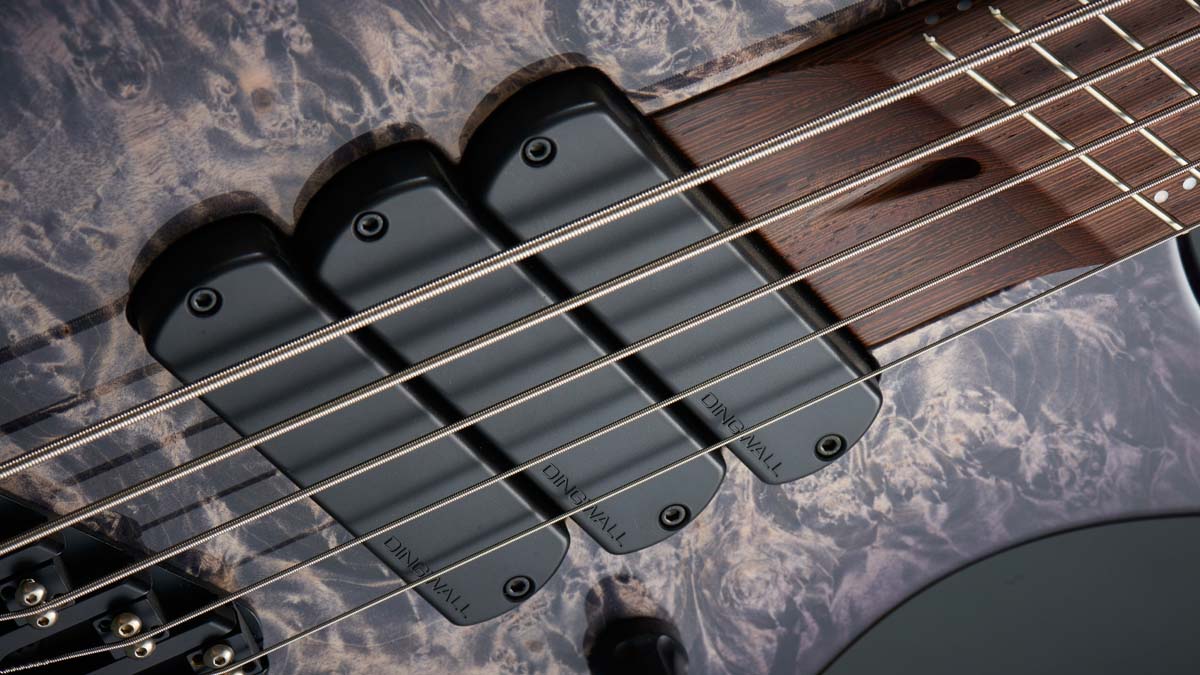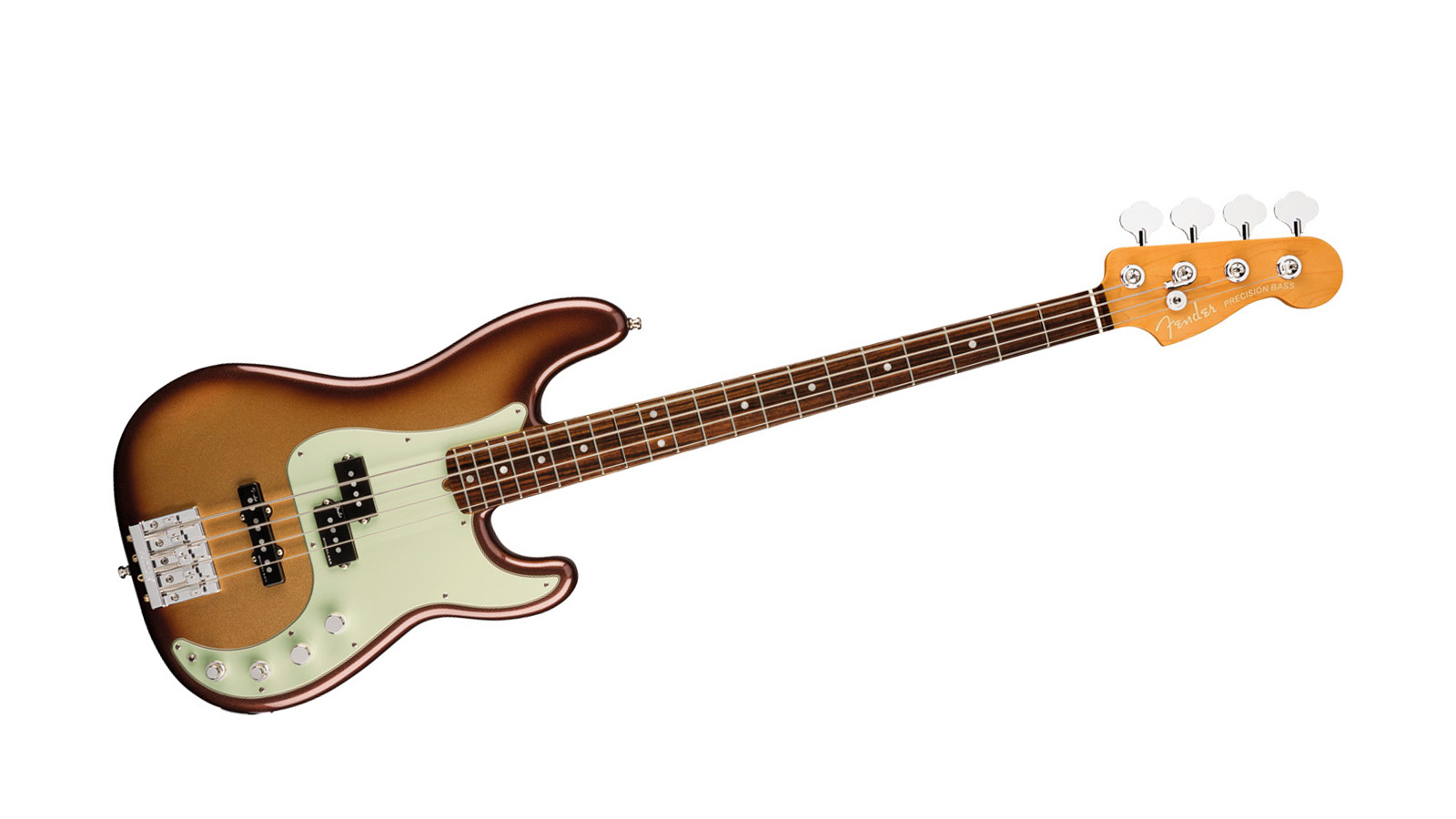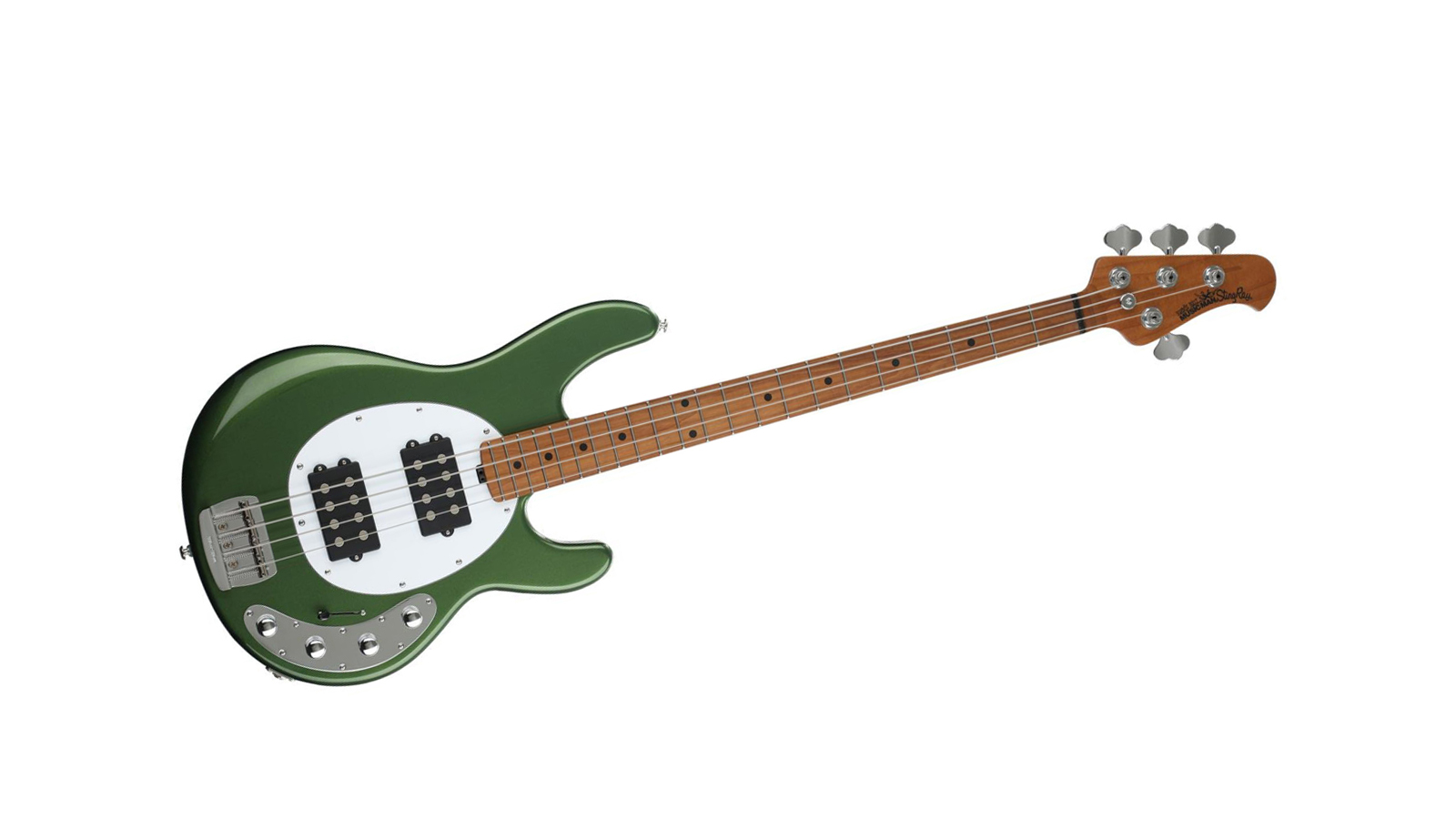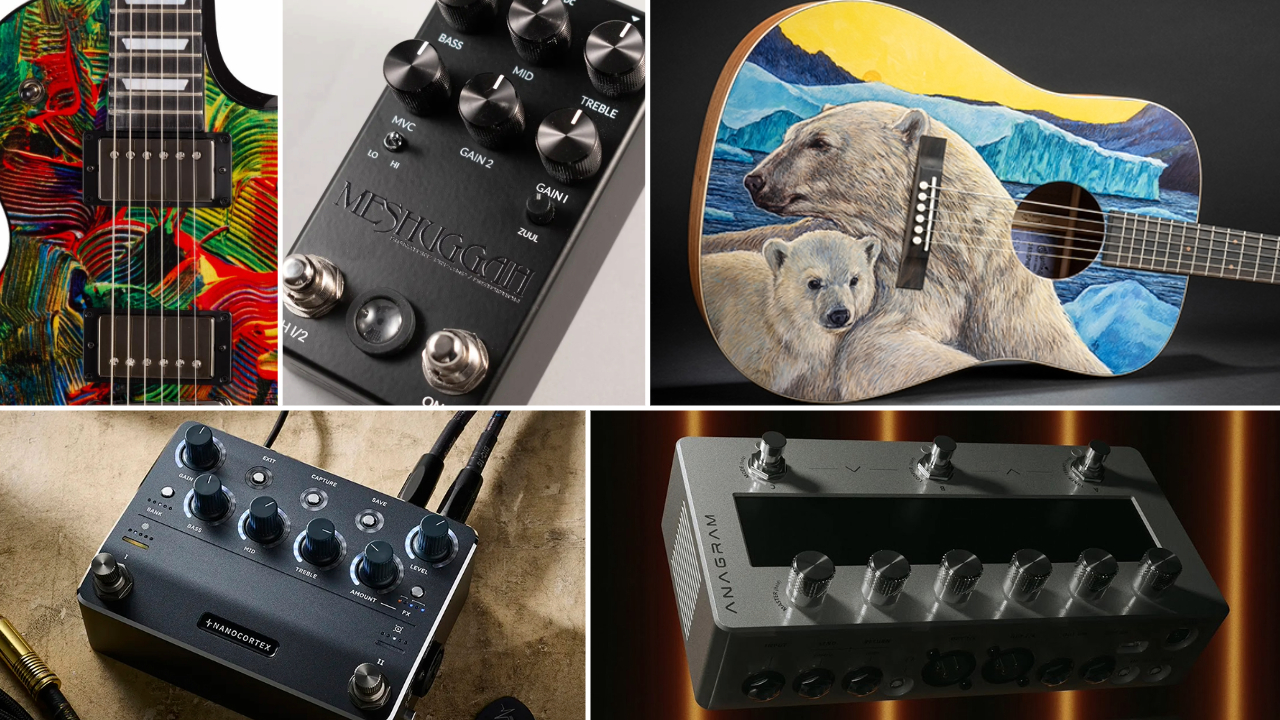Bass guitar pickups explained
Confused about the pickups on your bass? Don't be. Read on for the skinny on split-coils, soapboars, humbuckers and actives

Do you remember when you bought your first bass? When I bought mine, I didn’t really know those bass guitar pickups worked.
The store staff were helpful, and explained what each control did, but the sheer number of functions and circuits that you find on your average off-the-hook bass today can still be confusing to the average novice.
Never fear – I’m here to break down the usual suspects and provide a beginner’s guide.
What is a pickup, anyway?
In technical terms, it’s a transducer: A device that turns physical energy from the movement of a bass string into electrical energy. The various configurations and materials used in pickup manufacture can change its tone dramatically, as we’re about to find out.
Coming in various shapes and design, bass pickups can be broken down in to two main types:
Single coil: This type gets its name from the coil of wire inside it, wrapped around a bobbin. Pole pieces under the strings and a magnet make up an oversimplified description of the construction.
Get The Pick Newsletter
All the latest guitar news, interviews, lessons, reviews, deals and more, direct to your inbox!
The single coil often has a very open sound with a rich top end, although everything from the amount of coiled wire, via the type of magnets used, to the pole pieces, can make a huge difference to the bass’s tone. ‘Overwound’ single-coils, for example, have a hotter output and often more midrange growl.
Split-coil: This one is made up of two separated pickup coils, wired in series.

Humbucker: Two single-coils are configured in such a way that the main disadvantage of a single-coil – its tendency to pick up electrical noise – is minimized. It ‘bucks hum’, as it were, using a reverse-wound coil.
A ‘series-wired’ humbucker is also a good way to get a ‘hotter’ (louder) signal, as the combined output of the two coils is higher. That arrangement delivers a fatter midrange for a warmer sound, too.
Conversely, the two coils can be wired in parallel to each other instead, offering the benefits of a humbucker but with a tone more similar to that of a single-coil. Furthermore, a humbucker can also be ‘tapped’, meaning that the signal from only one coil is sent out of the bass. Three sounds in one!

Very good. So where can we find all these different pickup designs?
The split-coil first appeared in 1957 on the Fender Precision bass. Often called the P-coil, or P-Bass pickup, it has a very specific and identifiable sound. The 1960s saw the release of the Fender Jazz bass, with two single-coil pickups placed apart from each other.
This arrangement permits a wider range of sounds than the split-coil does, displaying humbucking properties when both pickups are on and a punchy sound that is often used for slap bass. The humbucker, also known as an ‘MM-style’ pickup from its debut on Music Man’s Stingray bass, released in 1976, is a chunky beast made up of two coils side by side that utilize larger pole pieces.
If you want a hotter output and the ability to boost frequencies as well as cut them, you’ll need a powered – or ‘active’ pickup
In the typical Stingray bass position, it imparts a particularly identifiable character – big, aggressive and great for cutting through the band mix. Let’s not forget the Soapbar pickup, which can contain P, J and MM configurations. In fact, with some switching, the only limitation is down to how many different coil configurations you can fit in one shell.
Interesting. So where do active pickups fit in?
Well, if you want a hotter output and the ability to boost frequencies as well as cut them, you’ll need a powered – or ‘active’ pickup. These offer a wide range of benefits, including boosting output level and buffering to alleviate problems with signal loss – over long cables, for example.
Using additional electronics means that coil design can be further manipulated, and this in turn means more tone choices. Note that you also have the option of pairing a passive pickup like the models described above with an onboard preamplifier circuit.







![[from left] George Harrison with his Gretsch Country Gentleman, Norman Harris of Norman's Rare Guitars holds a gold-top Les Paul, John Fogerty with his legendary 1969 Rickenbacker](https://cdn.mos.cms.futurecdn.net/TuH3nuhn9etqjdn5sy4ntW.jpg)


